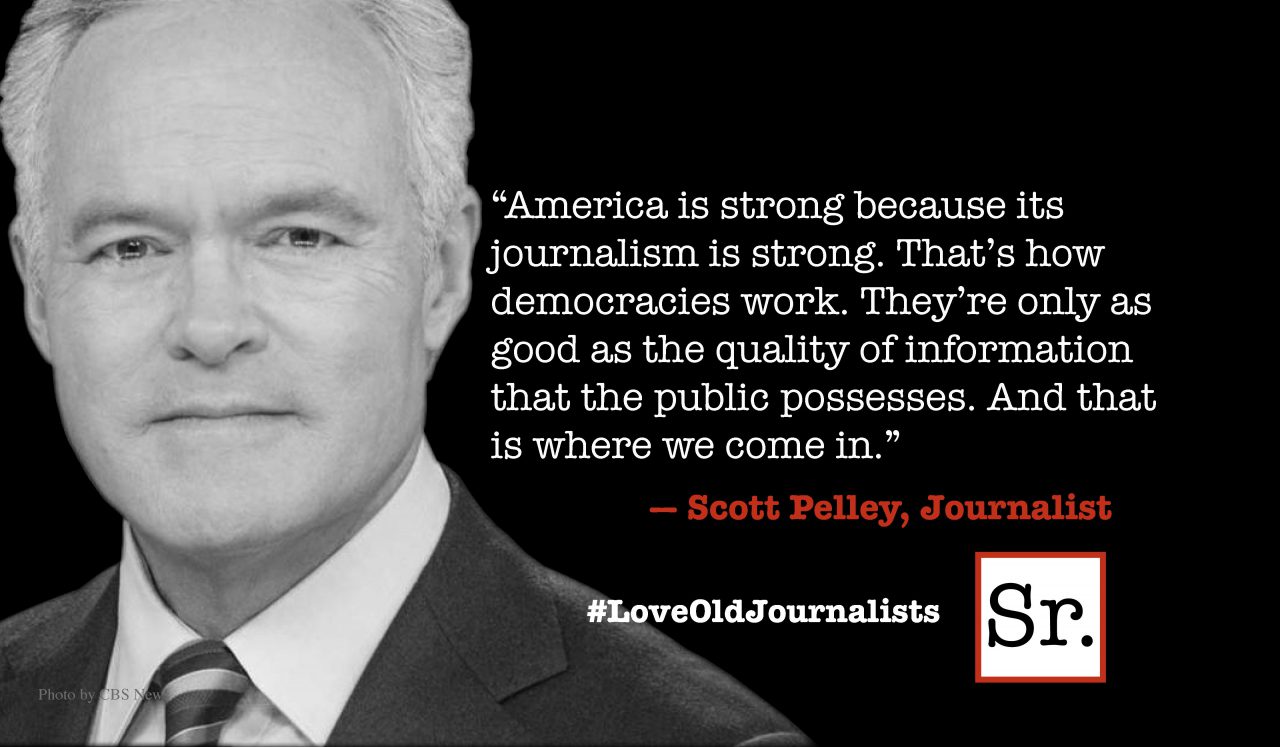In recent months I have occasionally used this weekly column to talk about my grief resulting from the deaths of my children, John and Carol. It has been the first time in the decades since John’s accident, and the two years from the ending of Carol’s struggle with lung cancer that I have allowed my grief to be publically expressed. But I have learned that if I do not let others see it, I cannot learn to deal with it. Opening up to my grief through my written reflections has given me the ability to face its impact.
This lesson was reinforced by the travail of Elaine Pagels, Princeton University Professor of Early Christian History, in her latest book, "Why Religion?" in which she invites us to feel her grief following the death of her six-year-old child followed by the accidental death of her husband. These tragic events are woven around her scholarly encounter with the post-New Testament Gnostic desert fathers.
The earliest record of the life and teachings of the Galilean prophet named Jesus was produced a generation after his death, by a follower we know as “Mark,” who had gathered a collection of this itinerant rabbi’s sayings, stories, healings, miracles and relationships — all pointing to his eventual death. Jesus had a following of fishermen, craftsmen, farmers and other common people from the hill country of northern Israel. His prophetic ministry was announced by his cousin John, who baptized him. According to Mark, his lessons were stories about the day-to-day lives of those who lived in that area. Several featured mustard seeds, birds, harvests, commercial conflicts and economic justice.
In due time, editors we know as Matthew and Luke, and an unknown author who produced a document we call "Q," expanded Mark’s narrative with additional stories and events, turning Mark’s record into a more complete biographical sketch. Later there appeared documents written by a variety of desert monastics, many from a culture that embraced a spirituality far different than that of the Galilean, or even the Judean Christians. But their writings, featuring additional stories attributed to Jesus, were called heretical. These Coptic language scrolls were hidden in desert caves, to be found and studied centuries later by scholars including Elaine Pagels.
While her encounter with the Gnostic tradition identifies the core of her professional story, "Why Religion?" is basically about her personal tragedies. Pagels’ tears wet every page, and however one seeks to understand her story, it must primarily be seen as flowing from her grief.
These traumatic events led her to seek relief in a mystical hungering for the renewal of a relationship with her child and her husband. This painful longing was manifested in dreams, visions and an overwhelming thirst to be with them again, if not in this life, in some other existence. This unquenchable hope resonated for her in the spiritual quest of the Gnostic desert fathers. While she never seemed to firmly believe in life beyond this earthly one, that image was enough to keep her from the darkness that her twin tragedies had produced. She suspected that Paul’s testimony about the secret knowledge that was to be revealed at a time and through an agency chosen by God’s Spirit pointed to these Gnostics.
So how do we read her book? Like any literature that addresses our deepest concerns, we readers will pass over its pages with a magnet that has been preconditioned to draw out what we want the book and its author to believe and say. Thus we tend to find what we are looking for!
For some of us, Pagels’ doubts and those growing out of our own experiences will lead her testimony to confirm our misgivings, and only see "Why Religion?" as an exploration of grief. Others will find just enough in her words and life story to believe that reality lies in the hope for life beyond this one. If Pagels does not finally answer that question, she still finds in religion a roadmap pointing to a path that may unravel the secret knowledge suggested by Paul. And that may be sufficient evidence to answer for her the question, "Why Religion?" It is in religion that the mysteries of life and death are illumined in the unveiling of the hidden knowledge first revealed in the Nag Hammadi scrolls as recorded by the Gnostic saints.
Pagels’ insights allowed me to enter her grief by seeing it on the printed page, and I was helped once more to look within as I confront grief that I will continually experience, but never resolve. But it is part of who I am, and I will never want it to go away.









